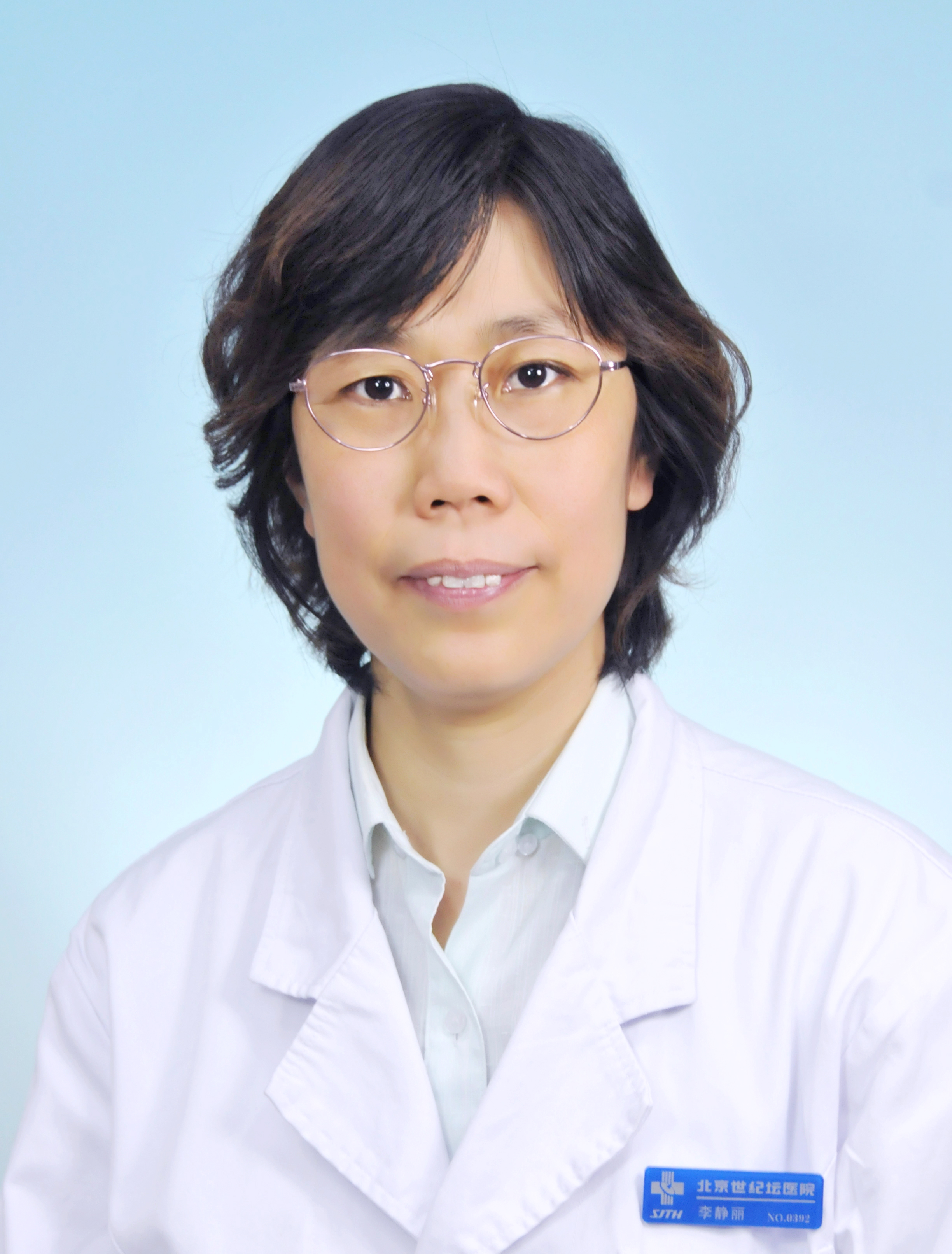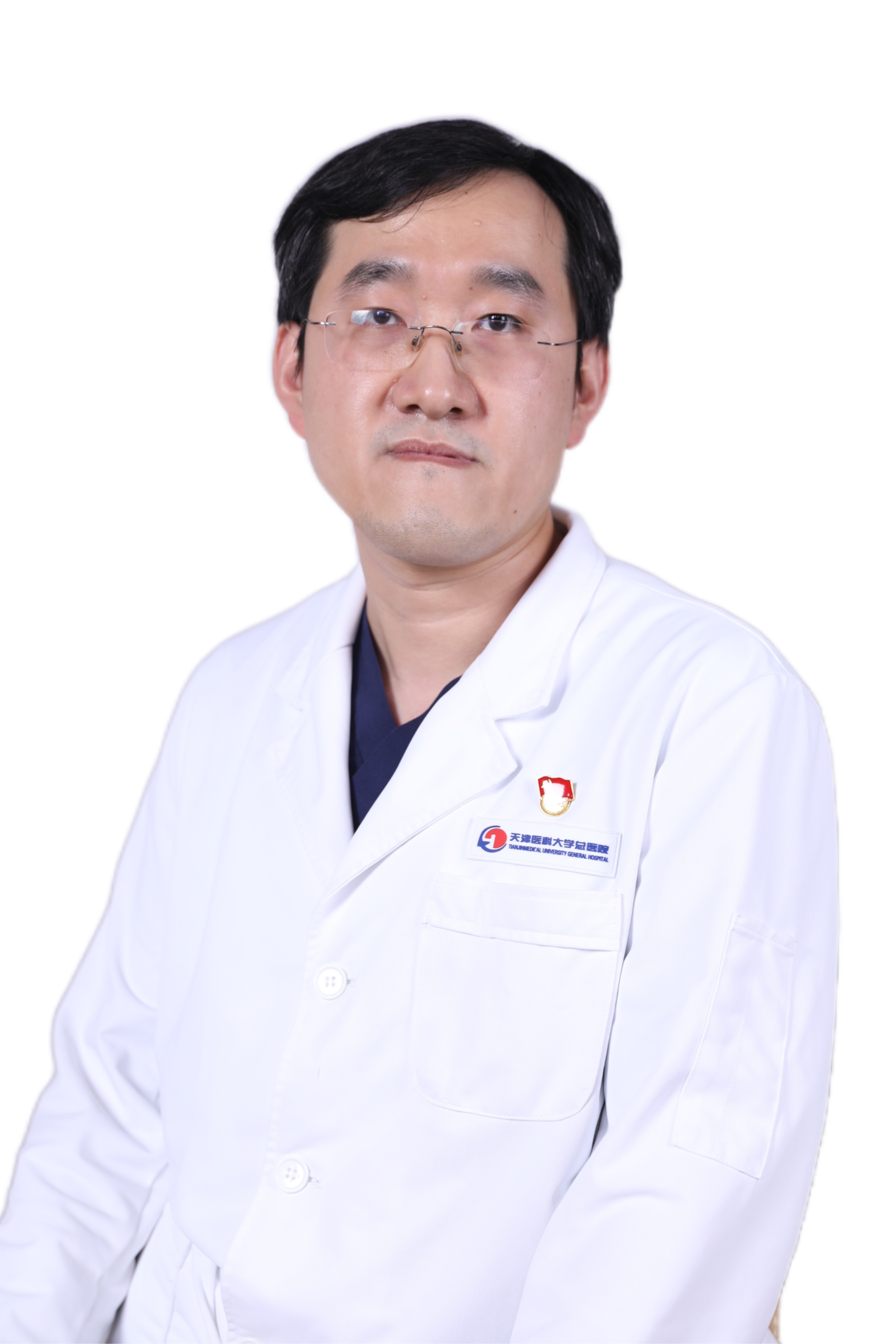What are the aftereffects of tuberculosis after recovery?
In general, sequelae after recovery from pulmonary tuberculosis may include cough, pain, pulmonary fibrosis, bronchiectasis, and restrictive ventilatory dysfunction. If pulmonary tuberculosis is suspected, it is recommended to seek timely medical attention at a hospital to avoid delays in treatment. Specific analyses are as follows:
1. Cough
After recovery from pulmonary tuberculosis, some patients may continue to experience severe coughing triggered by physical or chemical stimuli due to irreversible damage to the respiratory tract caused by the infection. Patients can take medications such as isoniazid tablets, rifampicin capsules, and compound licorice tablets under medical supervision.
2. Pain
Pulmonary tuberculosis may lead to pleural effusion and thickening with adhesions of the pleural membrane, which can damage nerves during breathing, resulting in neuropathic pain. Patients can use medications such as ibuprofen tablets, analgesic tablets, or indomethacin tablets as directed by a physician.
3. Pulmonary Fibrosis
The viral infection causing pulmonary tuberculosis may trigger lung inflammation, leading to abnormal fibrosis of lung tissue under chronic inflammatory effects. Patients can be treated with medications such as isoniazid tablets, prednisone acetate tablets, and rifampicin capsules under medical guidance.
4. Bronchiectasis
Due to the prolonged inflammatory course associated with pulmonary tuberculosis, when inflammation affects the bronchial walls and causes structural damage, long-term untreated disease may result in permanent deformation or persistent dilation of the bronchi. Patients can take medications such as eucalyptus citriodora pine capsule (enteric-coated), cefoperazone sodium and sulbactam sodium for injection, or suhuang antitussive capsules as prescribed.
5. Restrictive Ventilatory Dysfunction
When patients with pulmonary tuberculosis experience massive hemoptysis, partial lung segments may need to be surgically removed, leading to impaired pulmonary ventilation function and varying degrees of restrictive ventilatory dysfunction. Patients can use medications such as ambroxol syrup, carbocisteine oral solution, or salbutamol sulfate inhalation solution according to medical advice.
It is recommended that patients live in a separate room, avoid sharing personal items, properly disinfect tissues, leftover food, bedding, clothing, and towels, and frequently sun-dry their bedding.





